Because This One Goes to 11
So here we are at the end of another decade. For my personal gaming life, the “aughts” have been particularly significant, as I spent most of the 90s forced to play videogames at the houses of friends and relatives until I got a Nintendo 64 in 1998. Even then though, I bought a total of ten games during my entire time with the system (which in retrospect isn’t that bad considering how small the 64’s library was compared to the Playstation). It wasn’t until 2001, with the release of the Game Boy Advance, that videogames began to infect my very existence (a la Akira).
And it’s been a good decade for games. 3D graphics have come into their own and story-telling in games is becoming increasing sophisticated. We have, for the most part, moved beyond the simple “save the princess from the bad guy” scenario. We’ve also seen a diverging philosophy for game design, with some games trying to do everything and others stripping gameplay down to a single mechanic. Bleeding-edge technology is still in vogue, but gamer nostalgia for times long past has given rise to retro-styled games that simulate old technology.
It’s hard to say what the next decade will hold for videogames, but it’s worth looking back at eleven games that help get us here.
Katamari Damacy
I can remember reading about Katamari Damacy in EGM back when it was freshly-released in Japan. At the time, I just assumed it was just another silly Japanese game like Cho Aniki destined to remain overseas. I mean, look at the Japanese TV commercial: it’s bizarre! You can imagine my shock when Katamari was not only released stateside, but started selling pretty well (so well, in fact, that there have been four sequels on various systems). It’s a strange success story, but one not without its merits. Katamari Damacy is simple, quirky, and above all incredibly fun. It’s one of the few games that doesn’t involve special peripherals that almost anyone can pick-up and play and enjoy themselves. It has a satisfying sense of progression, as the more objects you accumulate in your katamari, the larger the objects that can be rolled up.
And although I prefer its sequel, We Love Katamari, to the original, I can’t deny the how enjoyable or how important Katamari Damacy is to the current state of videogames, especially the indie game scene. The Onion A.V. Club might have put it best, stating that “there’s a good argument for pegging Katamari Damacy as the catalyst that helped usher in the new wave of low-fi, handmade games.”
Half-Life 2
I came late to the Half-Life party, never being much of a PC gamer or really having a PC capable of playing any of the Half-Life games when they were originally released. It wasn’t until the Orange Box that I got my first taste of Valve’s dystopian action game, and what a taste it was! While perhaps not as revolutionary as its predecessor was, Half-Life 2 delivers an interesting story, told with excellent pacing, and delivers enough gameplay variety to fill two or three games. And then, of course, there’s Ravenholm. While somewhat out of place compared to the rest of the game, the Ravenholm section delivers genuine scares and tension akin to the best survival horror games. The characteristic rattle of a poison headcrab is enough to send chills down the spines of many a gamer, making Ravenhom perhaps the most memorable area in the entire game.
Half-Life 2 typifies the kind of linear story-telling that videogames have thus far excelled at, particularly in the JRPG genre. But whereas Japanese role-playing games are like epic fantasy or sci-fi novels, Half-Life 2 is like an action film (and a thoughtful one at that). It’s a roller coaster ride: you strap yourself in, shoot some aliens, get fed some exposition, and ultimately emerge victorious. Your actions don’t affect the ultimate outcome of the game; there are no Bioware-style dialogue trees. This may be a problem for those who prefer “non-linear” games like Dragon Age and Mass Effect, but for gamers like myself it makes for one thrilling experience.
And besides, the Gravity Gun is REALLY fun!
Grand Theft Auto: Vice City
It’s hard to deny how important the Grand Theft Auto 3 is to the heritage of videogames during the last decade. Sandbox games were the “it” thing for awhile, with everyone from Spiderman to Tony Hawk getting in on the action. I also suspect the popularity of GTA3 is the reason Shadow the Hedgehog was got a handgun when he was given his own game (thankfully Mario will “never start shooting hookers“). But the games with the GTA3 lineage are definitely unlike any other. When I play a game, I want to finish it: I want to see how the story plays out; I want to know about the characters; I want to empathize with the protagonist. But that’s not how I play Grand Theft Auto games. I jump into that sandbox, I create some mayhem, and then I turn off the game. I don’t care about missions; I care about cheat codes. I’ve never even bought a GTA game because my entire enjoyment can be gained from 20 minutes of play at someone else’s house. It’s an aberration in my gaming behavior.
But for me, Vice City is where the series really came together. Where Liberty City was drab and boring, Vice City was bright and seemingly bustling with activity. Setting the game in the 1980s was the real masterstroke though, capitalizing and a resurgence of interest in 80s music and pop culture.
Resident Evil 4
The sniping section inside the castle sucks, but that’s about the only bad thing I can say about Resident Evil 4. Having dipped my toe into the Resident Evil waters with the Gamecube remake of the original game, I knew how busted the old control setup had become and how stale the game mechanics were. The simple act of turning around was a fight in and of itself (more challenging than most of the zombie encounters) and vital puzzle solving keys were spread across the entirety of the map. Resident Evil 4 not only fixed most of the problems with the series, but it’s use of the over-the-shoulder camera angle has been an inspiration for many games since, such as Infamous.
The definitive experience is on the Wii, where the improved aiming mechanic transformed this game from one I liked to one that I loved.
World of Goo
World of Goo was my favorite game of 2008, and my love for it has yet to wane. To be honest, it was a tough fight between this game and PopCap’s ever-addictive Peggle franchise, but in the end, I had to give recognition to the two-man team over at 2D Boy. Whether on the Wii or PC, the physics-based, structure-building puzzle gameplay is incredibly challenging, but simultaneously it allows gamers the freedom to try out different strategies in a way that other puzzle games seem to lack. This is complimented by Burton-esque aesthetics and storytelling. All these elements come together to form a package that, for my money, is much more enjoyable than the other indie darling, Braid.
Shadow of the Colossus
Sixteen colossi. One dead girl. A boy and his horse. An expansive world to explore. These are the elements that comprise Shadow of the Colossus. But this game is more than just the sum of its parts.
The game tells a story that is largely left up to the player to interpret, but the basics are that a young man enters into a forbidden land with nothing but his horse, a sword, and the body of a dead girl. He is tasked by a disembodied voice to slay the colossi that roam the land, with the promise that the girl would be revived. The rest is open to interpretation. Questions concerning the identity of the dead girl and the nature of the colossi are just a couple a the questions that players have asked themselves during the course of the game. And the minimalist narrative is even evocative of “Princess Mononoke” at times, with the titular colossi seeming more like a part of nature than stone beasts.
It’s hard to really place a finger on why Shadow of the Colossus is so captivating to play. There’s almost no dialogue to speak of, and yet we can’t help but empathize with the hero or feel an equal sense of companionship with his horse, Agro. Videogames are slowly evolving in terms of story-telling, and the minimalist style of Shadow of the Colossus seems pivotal in this ongoing process.
Super Mario Galaxy
Super Mario Galaxy is one of those games that just fills me with an almost child-like wonder. It’s not only an absolutely gorgeous games (especially for the Wii), but there’s a profound sense of pure joy every time I play the game that it’s hard not to smile. Maybe it’s all the planets that fill each galaxy, acting as mini-stages and really allowing the designers to be imaginative with the level design. Some of these areas are so surreal, even for a Mario game, that they have an almost dream-like quality to them. Running along the surface of an apple and moving to the next one via a bridge that is actually a worm: what other game has images like this?
Maybe it’s because you don’t need a hat to feel like your flying anymore. Mario is constantly flung across the galaxy, spreading his arms as if they were wings prolonging his flight. Flying is the ultimate videogame wish-fulfillment, and Super Mario Galaxy delivers it in spades. Even the gravity mechanics of each planet can create that sense of flying, as you can literally fling yourself into orbit around a planet with a well-placed jump.
It could be the fact that Mario games (real Mario games, not just sports and racing spin-offs) are a rarity, with a new one appearing once a console cycle these days. Unlike other platformers like Ratchet or Jak, we often wait years for the next Mario platform game, and this scarcity makes each one feel special.
But really, I think the reason Super Mario Galaxy feels so special is because it is special.
Metal Gear Solid 3: Snake Eater
I’ve already written at length about MGS3 before, but let me summarize: the game made me cry and seriously think about eating birds. Do I really need to say any more?
Portal
It’s not just a game, it’s a pop-culture phenomena. “The cake is a lie” and the companion cube are cemented into the gamer lexicon. Portal got so popular that it even had a backlash of people claiming that it wasn’t as good as everyone made it out to be.
But I’m here to tell you they’re wrong.
Portal is a very short game, maybe 3-5 hours long at best, but that’s hardly a detriment to its quality. The game’s simple mechanics (create portals to solve puzzles) is made increasing complex thanks to a robust physics engine. But the second half of the game is where things really get interesting, featuring puzzles that make the entire first half of the game feel like a glorified tutorial. And GLaDOS, the ever-present and always chatty antagonist, is easily one of the most memorable videogame characters ever created. If nothing else, the game is remarkable for one of the best ending credit sequences ever.
Okami
For many years, I had considered The Legend of Zelda: Ocarina of Time to be my absolute favorite game, and indeed, the game is widely considered a classic. However, the existence of Okami forces me again and again to question this appraisal.
Okami is a work of art, and I don’t just say that because of its water-color aesthetic. The talented minds at the now-defunct Clover Studios (who also created the awesome Viewtiful Joe series) delivered a true labor of love with Okami. The world is not only beautifully rendered, but it’s filled to the brim with interesting characters and enemies, many of which have their roots in Japanese and Shinto mythology. It also takes the Zelda formula and gives it a unique spin, courtesy of the celestial brush mechanic the serves as the main tool for solving puzzles and often factors in to enemy and boss encounters. The music, which uses traditional Japanese instruments, creates a soundtrack unlike anything I’ve heard before or since, and one that I gladly went out and purchased. Finally, the storyline is as robust and sentimental as some of the best Japanese RPGs, which for some might be a mark against Okami, but I for one loved every moment. Okami truly feels unique, and I’m almost disappointed that it’s receiving a sequel on the Nintendo DS.
Metroid Prime
They say you always remember your first. Well, when I finally bought my Gamecube, the first game I bought for the console was Metroid Prime. I also neglected to buy a memory card right away (I had been playing cartridge-based games up to that point), so I always had to start over from the beginning whenever I wanted to play it. By the time I had bought myself a memory card, I had pretty much perfected my run through the derelict space station that opens the game.
Metroid Prime is pretty much the Ocarina of Time of the Metroid series. The folks at Nintendo and Retro Studios really nailed bringing Metroid into the third dimension, creating an entirely new genre – First-Person Adventure – along the way. And while that alone might have been enough to secure its place in gaming history, it’s the little things that truly make the original Prime stand out. The music, for instance, always feels more like atmospheric noise than actual compositions, even though many of the tunes are remixes of older Metroid themes. And seeing steam fog up Samus’ visor is just one more thing that immerses you deeper into the role.
Playing Metroid Prime again on the recently released Trilogy compilation only cemented in my mind how truly flawless the game is.
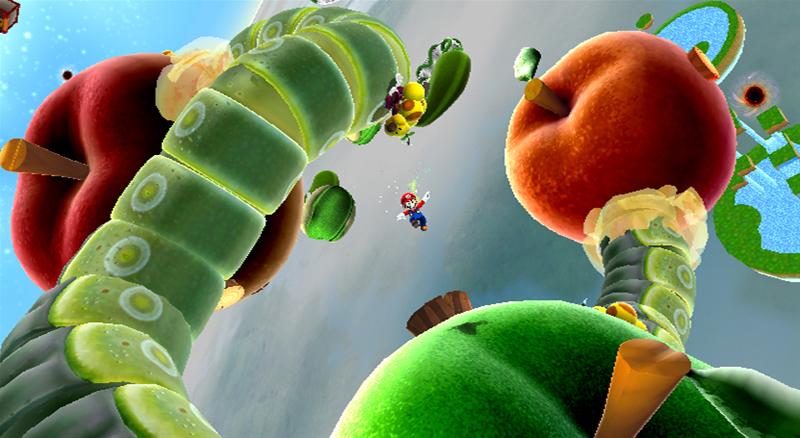
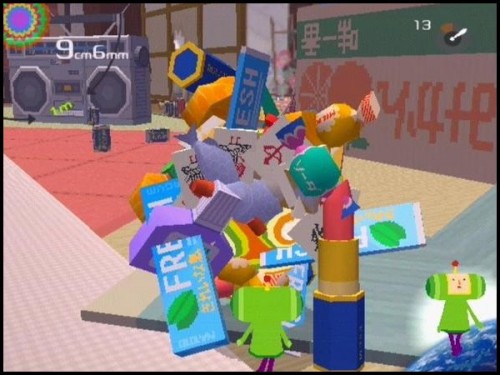
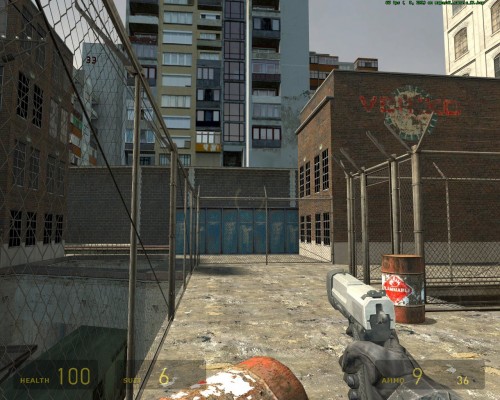
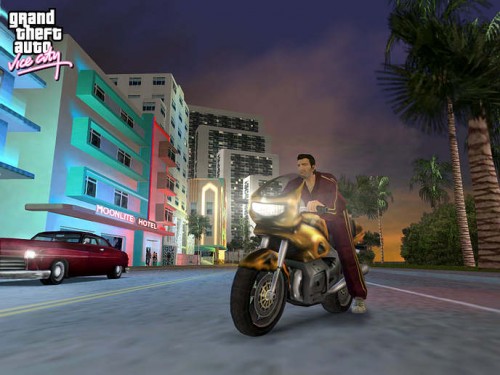
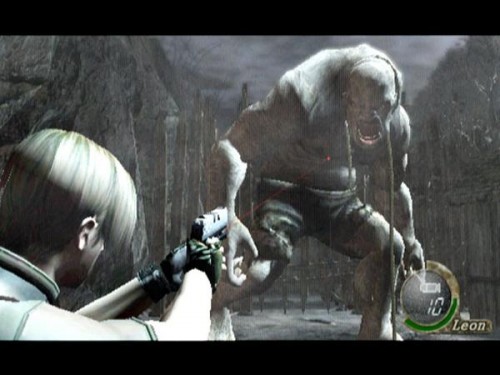
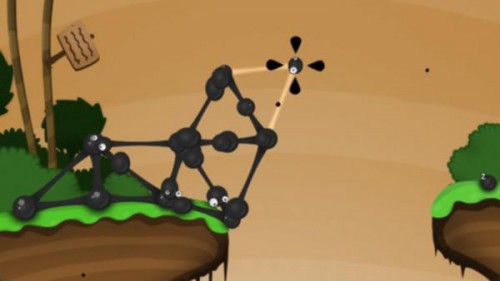
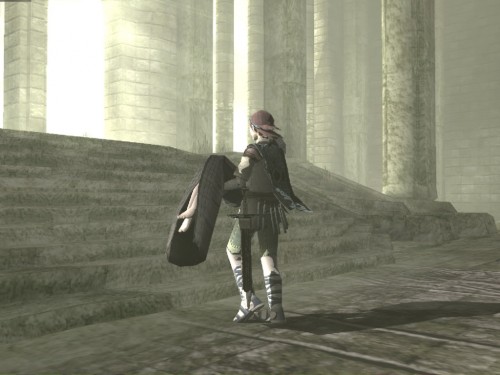
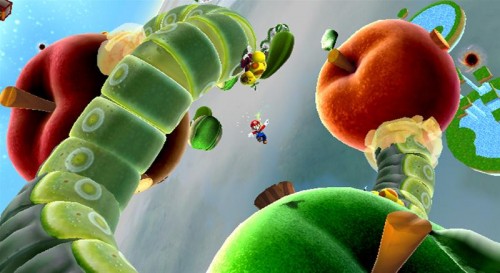
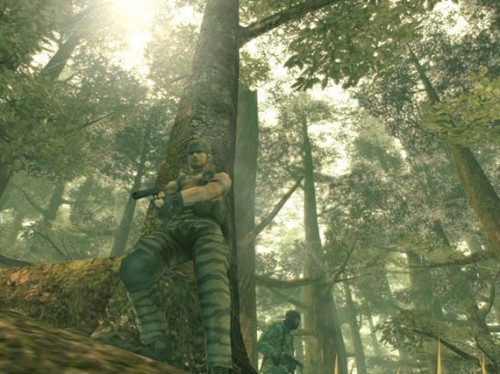
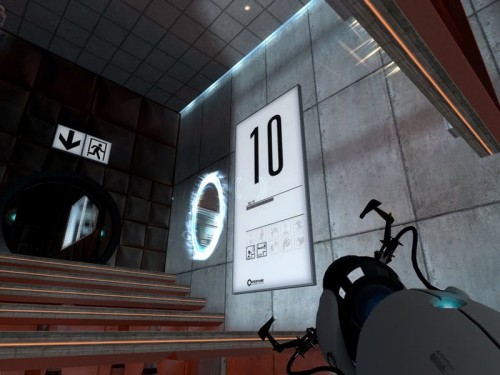
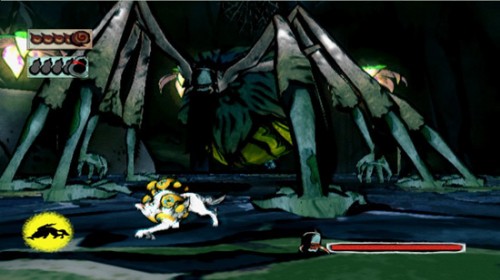


"… let me summarize: the game made me cry and seriously think about eating birds. Do I really need to say any more?"
This made me laugh out loud for a good three minutes. I'm not sure why since I haven't played MGS3 and have no idea what you're referring, but still. Hilarious.